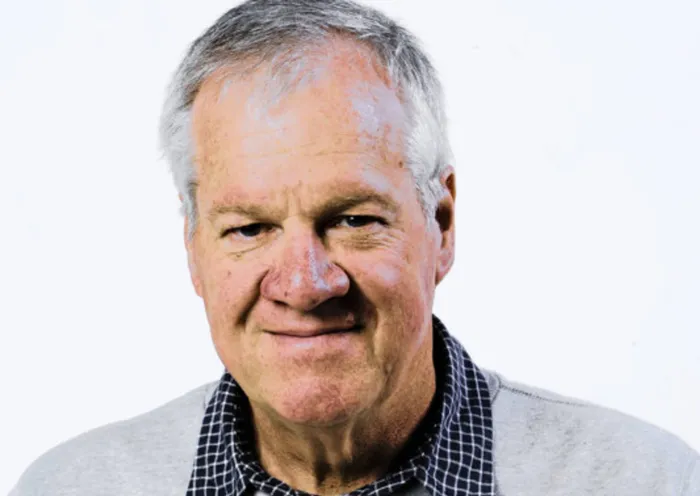Theo Garrun: Nature or nurture? It’s probably a bit of both

Theo Garrun Theo Garrun
My musings in this space a few weeks ago about the fallacy that 10 000 hours of deliberate practice will automatically lead to a person becoming a master of any activity (sporting in this context) included a reference to the book The Sports Gene by David Epstein.
He questions the “10 000 hour” rule on the basis that it doesn’t take factors like genetics, inherited talent and a nurturing environment into account.
His conclusion, at the end of a complex study, full of fascinating case studies is that the answer to the question as to what makes a top athlete is that it’s a bit of both.
Among the examples cited is that of Kenyan and Ethiopian distance runners. Conventional wisdom has it that they are so good because they live at altitude, so their oxygen uptake is modified. And they have extraordinarily long legs.
But if that’s the case, why doesn’t Nepal, with its Sherpas, dominate the sport, or Holland and the Caribbean islanders, where legs really are long.
Epstein concludes that it’s in the system of selection and coaching. But having a lanky physique and efficient VO2 max is also required - it’s a bit of both.
It requires what he calls both hardware and software, and it seems logical that you won’t achieve it if you don’t have the physicality, but that alone won’t be enough unless you get proper coaching and put in the hard work required.
It’s the age-old nature-nurture debate, and the topic came up this week during an absorbing conversation I had with the impressive Pierre le Roux, the water polo coach at Stithians Girls College. (See the article on page 3.)
Le Roux and his brothers turned out to be among the top players of their generation in this country - which attests to both physical ability and application - but it was in talking about the differences in coaching boys and girls that the topic arose.
Le Roux believes South African women’s water polo has a bright future precisely because there is the physical ability among players now taking up the game and, to go with it, a new generation of coaches who have chosen to work with girls rather than boys teams.
We have tall, strong girls and boys in South Africa. And, while the boys find their niche in rugby at schools, the bigger girls are turning to water polo.
Add to that the way in which the girls schools, in particular, elevated the status of the game in recent years and the support school managements are giving, and you have the ideal balance between nature and nurture - between inherent ability and the external environment required for the sport to flourish.
Coaching girls is way more exciting. That’s reflected in the top people apart from Le Roux, among them fellow SA men’s player Jon-Marc de Carvalho at Roedean, and St Mary’s SA women’s captain Kelsey White, coaching at quality institutions.
The same applies in the other main centres, including East London, where Bevan Manson has turned Stirling High School into one of the top schools in the country.
There’s no question water polo requires more hours of practice than other school activities, but it’s probably nowhere near the 10 000 hours people are talking about.
And, of course, it helps if you have the physical strength and the swimming ability required to play at a high level.
Our girls have that, Pierre le Roux believes.
It’s only a matter of time before we have a South African women’s team on the podium at a major international event.
Independent Media